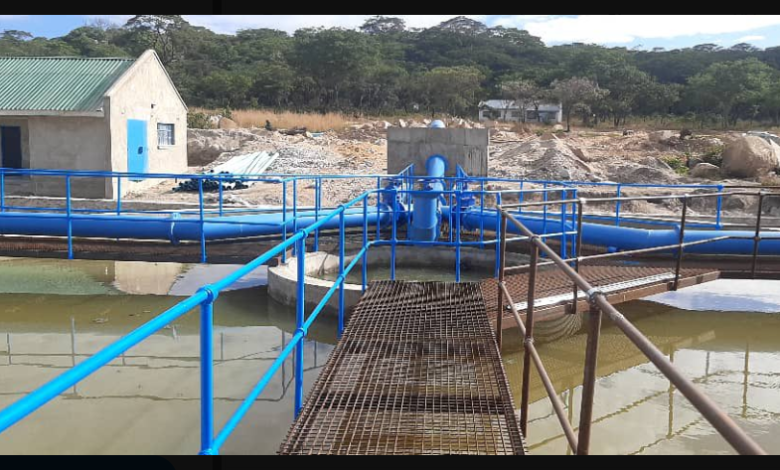Water and Sanitation Challenges in Zimbabwe’s Urban Centers

Water and sanitation in Zimbabwe face significant challenges. Therefore, in urban areas, local authorities face obstacles to provide adequate water and sanitation services to their residents. This article explores the current state of water and sanitation infrastructure in Zimbabwe’s cities and examines the role of local governance in addressing these issues.
Water Supply Shortages
According to recent reports, only 63% of Zimbabwe’s population has access to at least basic water supply 7. This statistic highlights the severe shortage of potable water in both rural and urban areas. In urban centres specifically, the situation is particularly dire, with only 93% of residents having access to basic water supply services compared to 48% in rural areas 7.
The challenges facing urban water supply systems are multifaceted. Old and dilapidated infrastructure, coupled with weak operation and maintenance practices, contribute to frequent disruptions in service delivery 7. Additionally, power shortages at treatment plants and pollution of raw water sources exacerbate the problem 7.
Sanitation Challenges
Sanitation challenges in Zimbabwe’s urban centres are equally pressing. Only 42% of the population in urban areas has access to at least basic sanitation facilities 7. This translates to widespread open defecation and inadequate waste management.
The urban sanitation landscape is characterised by poor infrastructural coverage, with toilets averaging 86.1%, sewerage network coverage at 75.3%, and collection of sewage at 94% according to the 2018 Service Level Benchmarking Report 7. Furthermore, the collapse of sewer reticulation infrastructure and inadequate solid waste collection and disposal equipment contribute to the persistent sanitation challenges 7.
Local Governance Perspective
The role of local governance in addressing water and sanitation issues cannot be overstated. Municipal authorities bear significant responsibility for managing urban water supply and sanitation systems. However, they face numerous challenges in fulfilling this mandate effectively.
One major obstacle is the lack of adequate funding for infrastructure maintenance and upgrades. High non-revenue water (39.8%) and inefficient billing systems hinder the financial sustainability of municipal water services 7. Additionally, the absence of effective regulatory frameworks and capacity constraints within local authorities impede efforts to improve service delivery 7. Access to good water and sanitation in Zimbabwe has the potential to reach both rural and urban areas. There is need for more effort to ensure this happens
Government Initiatives
In response to these challenges, the Zimbabwean government has implemented several initiatives aimed at improving water and sanitation access. These include, firstly, a commitment to reduce open defecation from 21.7% to 10% by 2025 through the development of a National Strategy 2. Secondly, an aim to achieve 80% access to potable water by 2025 through public-community-private sector water systems development 2. Finally, it plans to fully fund the building of efficient regulatory institutions and install devolved delivery and coordination capacity.
Challenges in Rural Areas
Furthermore, while this article focuses on urban centres, it’s important to note that rural areas face equally daunting challenges in water and sanitation provision. Only 32% of the population in rural areas has access to basic sanitation facilities 7. Therefore, this highlights the stark contrast between urban and rural living conditions in Zimbabwe.
Moreover, rural water supply challenges include aged and obsolete infrastructure, unserviced areas, particularly resettlement areas, and weak operation and maintenance regimes 7. Addressing these issues will require concerted effort from both local and national authorities.
Conclusion
Water and sanitation remain critical challenges facing Zimbabwe’s urban centres. While government initiatives and international aid play important roles, the primary responsibility lies with local governance structures. Additionally, strengthening these institutions, improving funding mechanisms, and implementing effective policies will be crucial in addressing the pressing needs of Zimbabwe’s urban residents.
Finally, as the country works towards meeting Sustainable Development Goals related to water and sanitation, it must prioritise investment in infrastructure rehabilitation, expansion of coverage to underserved areas, and improvement of operational efficiency. Ultimately, achieving universal access to safe drinking water and improved sanitation facilities remains a cornerstone of Zimbabwe’s development aspirations.





